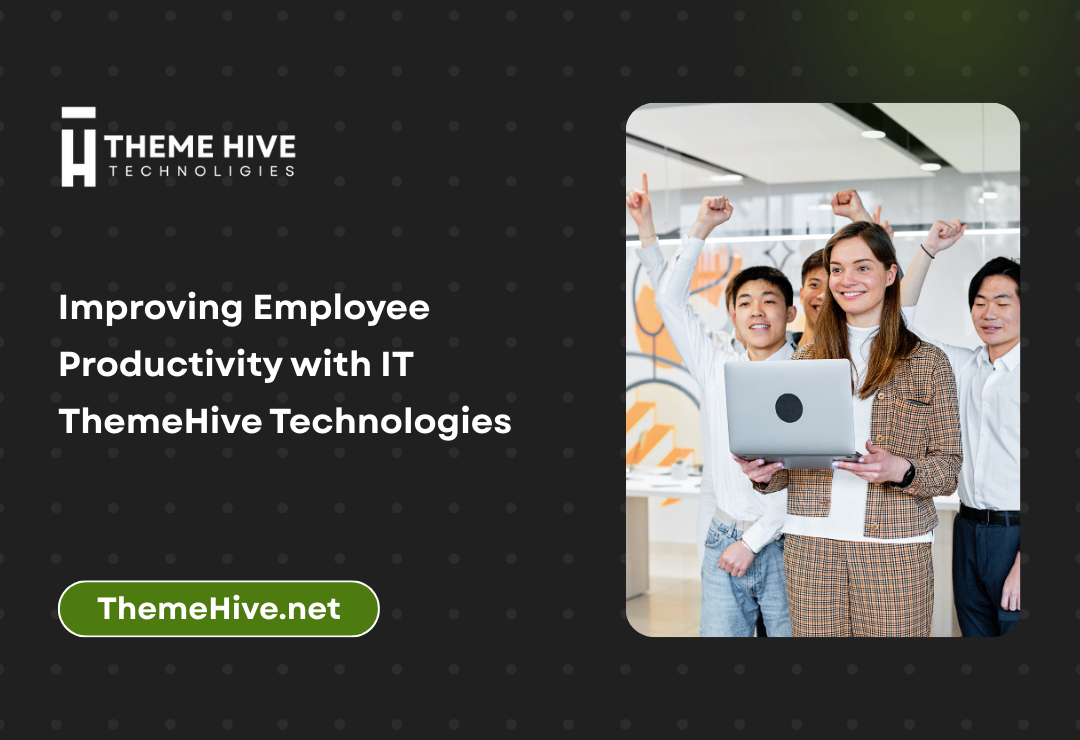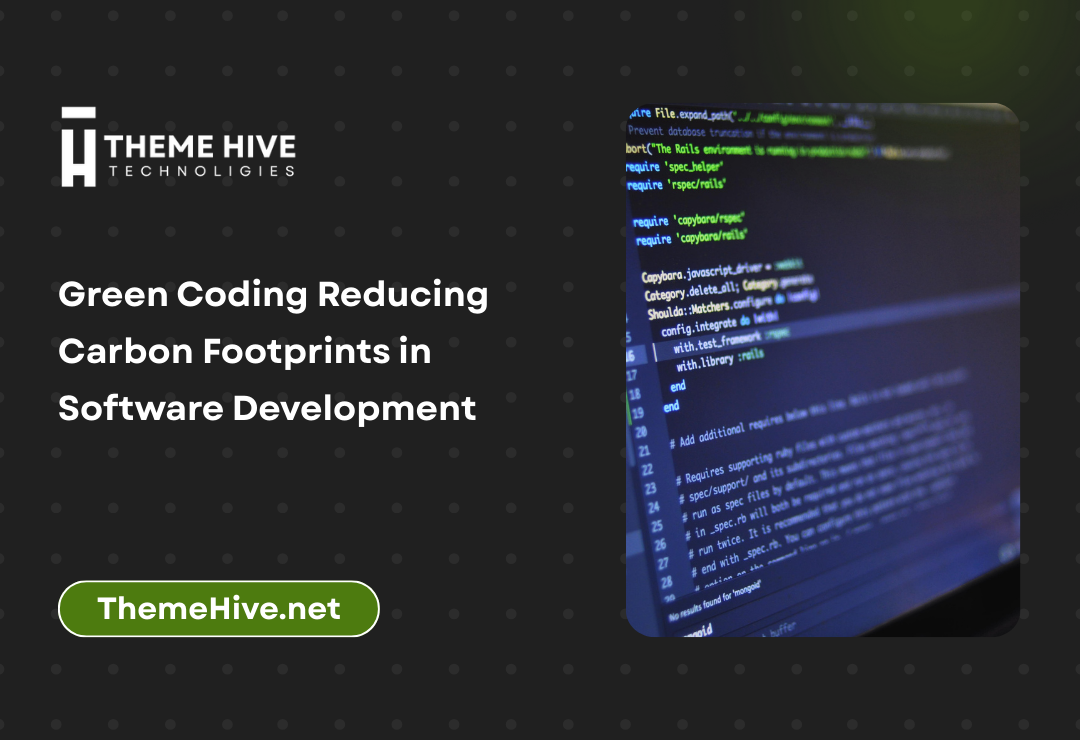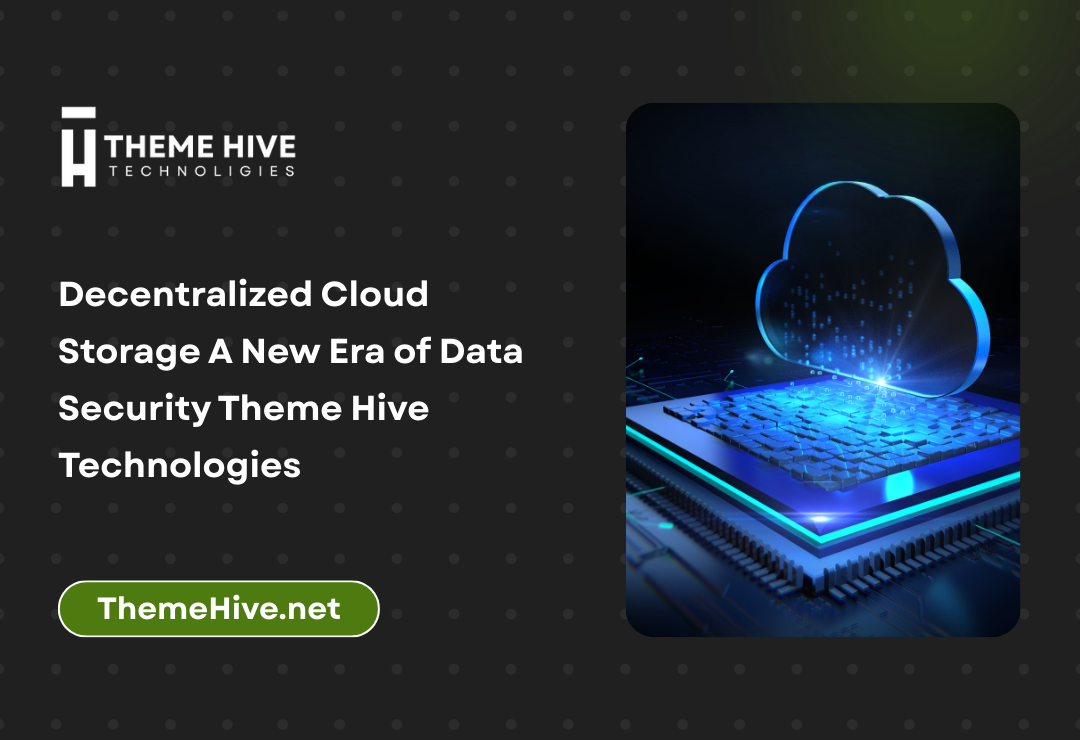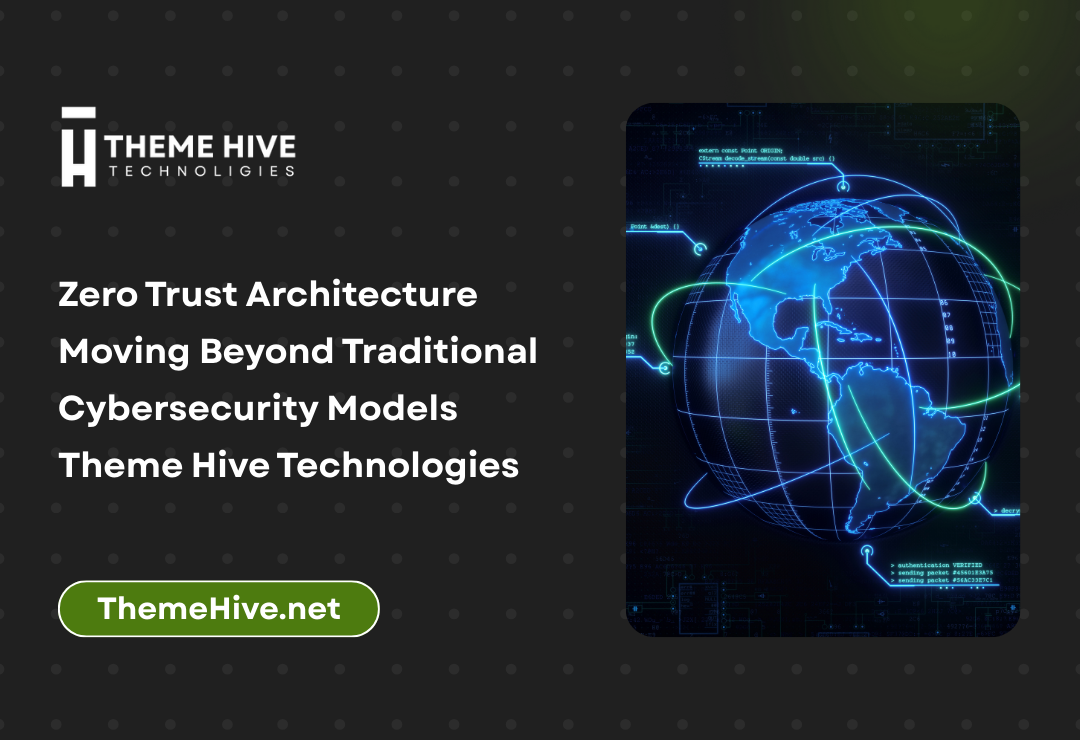In today’s rapidly evolving digital landscape, businesses are constantly seeking ways to enhance their operational efficiency and boost employee productivity. Information Technology (IT) has emerged as the cornerstone of this transformation, offering innovative IT solutions that streamline processes, eliminate bottlenecks, and empower teams to achieve more in less time. At Theme Hive Technologies, we understand that the right IT infrastructure and advanced IT tools can be the difference between a thriving organization and one that struggles to keep pace with market demands.
The Critical Role of IT in Modern Workplace Employee Productivity
The relationship between technology and productivity has never been more pronounced. Modern employees expect seamless digital experiences that mirror the convenience they enjoy in their personal lives. When businesses fail to provide these IT tools, they risk not only reduced efficiency but also employee frustration and potential talent loss.
IT productivity improvements go far beyond simply providing faster computers or better software. It’s about creating an integrated IT ecosystem where technology serves as an enabler rather than a barrier. This involves careful planning, strategic implementation, and ongoing optimization of various technological components that work together to support business objectives.
TheneHive Technologies has observed that companies investing strategically in IT infrastructure typically see productivity gains of 20-40% within the first year of implementation. These improvements stem from reduced manual processes, enhanced collaboration capabilities, and the elimination of time-consuming workarounds that employees often develop when working with outdated systems.
Essential IT Tools and Technologies for Employee Productivity Enhancement
Cloud Computing and Collaboration Platforms
Cloud-based solutions have revolutionized how teams collaborate and access information. By migrating to cloud platforms, employees can access their work from anywhere, collaborate in real-time, and maintain version control across documents and projects. This flexibility is particularly crucial in today’s hybrid work environment, where teams often span multiple locations and time zones.
Modern collaboration tools integrate messaging, video conferencing, file sharing, and project management into unified platforms. These solutions eliminate the inefficiencies associated with switching between multiple applications and reduce the time spent searching for information across disparate systems.
Automation and Process Optimization
Automation represents one of the most significant opportunities for productivity improvement. By identifying repetitive tasks and implementing automated solutions, businesses can free up valuable human resources for more strategic activities. This includes everything from automated data entry and report generation to complex workflow orchestration that spans multiple departments.
Process optimization through IT involves analyzing current workflows, identifying bottlenecks, and implementing technological solutions that streamline operations. This might include customer relationship management (CRM) systems that automate lead nurturing, enterprise resource planning (ERP) solutions that integrate various business functions, or custom applications designed to address specific organizational needs.
Data Analytics and Business Intelligence
Access to real-time data and analytics empowers employees to make informed decisions quickly. Business intelligence tools transform raw data into actionable insights, enabling teams to identify trends, spot opportunities, and address issues before they become problems. When employees have immediate access to the information they need through modern IT systems, decision-making becomes more efficient and outcomes improve significantly.
According to recent studies by McKinsey & Company, organizations that leverage data analytics and business intelligence see up to 23 times more customer acquisition and 6 times higher customer retention rates than competitors who don’t utilize these IT solutions.
Implementing IT Solutions for Maximum Employee Productivity
Strategic Planning and Needs Assessment
Successful IT productivity initiatives begin with comprehensive planning. This involves assessing current capabilities, identifying specific pain points, and establishing clear objectives for improvement. Theme Hive Technologies emphasizes the importance of involving employees in this assessment process, as they often have the most detailed understanding of daily operational challenges.
A thorough needs assessment should examine both technical requirements and user experience considerations. While technical specifications are important, the ultimate success of any IT initiative depends on user adoption and satisfaction. Solutions that are technically sound but difficult to use often fail to deliver expected productivity gains.
Change Management and Training
Technology implementation success heavily depends on effective change management strategies. Employees need adequate training and support to maximize the benefits of new systems. This includes not only technical training but also helping staff understand how new tools will improve their daily work experience.
Resistance to change is natural, particularly when employees have developed workarounds for existing systems. Successful implementations address this by demonstrating clear benefits, providing comprehensive training, and offering ongoing support during the transition period.
Security and Compliance Considerations
Productivity improvements must never come at the expense of security or compliance requirements. Modern IT solutions must incorporate robust security measures that protect sensitive data while maintaining user-friendly interfaces. This includes implementing multi-factor authentication, encryption protocols, and access controls that ensure the right people have access to the right information at the right time.
Research from Gartner indicates that organizations with comprehensive IT security frameworks experience 40% fewer productivity disruptions due to security incidents compared to those with basic security measures.
Measuring and Optimizing IT Productivity Initiatives
Key Performance Indicators (KPIs)
Measuring the success of IT productivity initiatives requires establishing clear metrics and monitoring them consistently. Common KPIs include time savings per task, reduction in manual processes, user adoption rates, and overall employee satisfaction scores. More advanced metrics might include customer response times, project completion rates, and revenue per employee.
Regular monitoring allows organizations to identify which initiatives are delivering expected results and which may need adjustment. This data-driven approach ensures that IT investments continue to provide value over time and helps inform future technology decisions.
Continuous Improvement Processes
Technology landscapes evolve rapidly, and productivity solutions must adapt accordingly. Establishing continuous improvement processes ensures that IT systems remain optimized and continue to meet changing business needs. This includes regular system updates, user feedback collection, and periodic assessments of new technologies that might offer additional benefits.
Industry-Specific Employee Productivity Solutions
Different industries face unique challenges that require tailored IT approaches. For example, manufacturing companies might benefit most from industrial IoT solutions and predictive maintenance systems, while service-based businesses might prioritize customer relationship management and project management tools.
Theme Hive Technologies regularly analyzes industry trends and emerging technologies to help clients identify opportunities specific to their sector. This industry-focused approach ensures that productivity improvements align with business objectives and market requirements.
Future Trends in IT Employee Productivity Enhancement
Artificial Intelligence and Machine Learning
AI and machine learning technologies are increasingly being integrated into productivity solutions. These technologies can automate complex decision-making processes, provide predictive insights, and personalize user experiences to maximize efficiency. As these technologies mature, they will play an increasingly important role in productivity enhancement strategies.
Remote Work Technology
The shift toward remote and hybrid work models has created new requirements for productivity tools. Future IT solutions will need to provide seamless experiences regardless of location while maintaining security and collaboration capabilities. This includes advanced video conferencing, virtual reality meeting spaces, and sophisticated project management platforms designed for distributed teams.
Studies by Deloitte show that companies investing in advanced remote work IT infrastructure see 21% higher profitability compared to those using basic remote work tools.
Conclusion
Improving employee productivity through IT requires a strategic, comprehensive approach that considers both technical requirements and human factors. Success depends on careful planning, appropriate technology selection, effective implementation, and ongoing optimization. Organizations that invest thoughtfully in IT productivity solutions position themselves for sustained competitive advantage in an increasingly digital marketplace.
The key is to view IT not merely as a cost center but as a strategic enabler that can transform how work gets done. By partnering with experienced technology providers and maintaining a focus on user experience, businesses can achieve significant productivity improvements that translate directly into improved business outcomes.
For organizations ready to embark on this journey, Theme Hive Technologies offers the expertise and solutions needed to transform productivity through strategic IT implementation. The investment in proper IT infrastructure and tools pays dividends not only in improved efficiency but also in employee satisfaction, customer experience, and overall business performance.
Through careful planning, strategic implementation, and ongoing optimization, businesses can harness the full potential of modern IT solutions to create more productive, efficient, and competitive organizations. The future belongs to companies that can effectively leverage technology to empower their people and streamline their operations.
Internal Links
- Theme Hive Technologies Homepage
- About Theme Hive Technologies
- Our IT Services
- Latest News & Articles
- Contact Us







